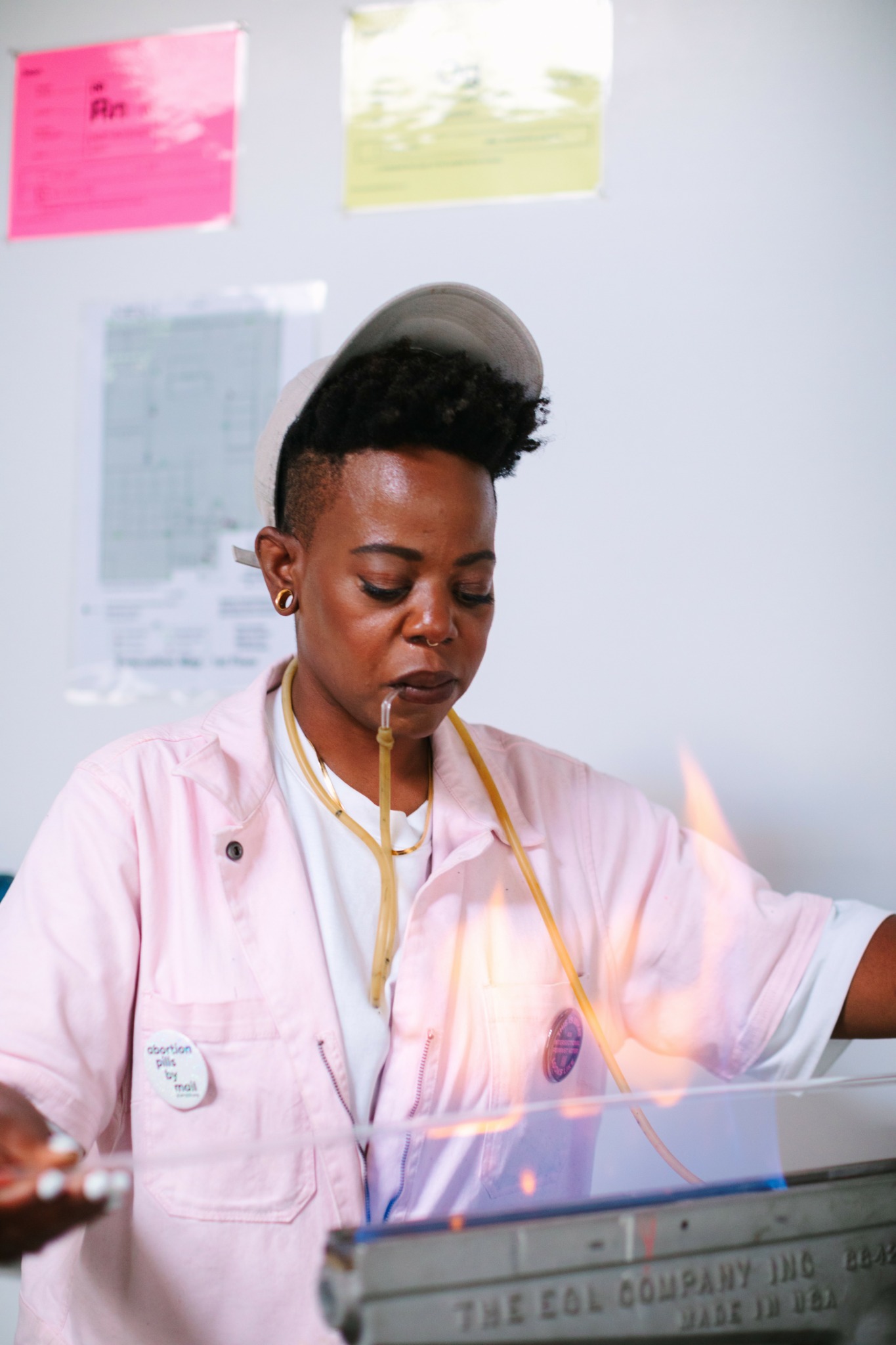We’re excited to introduce you to the always interesting and insightful Tahirah Rasheed. We hope you’ll enjoy our conversation with Tahirah below.
Tahirah, thanks for joining us, excited to have you contributing your stories and insights. What’s been the most meaningful project you’ve worked on?
One of the most meaningful projects I’ve created was during my first artist residency at Pilchuck Glass School—a pivotal moment in my journey, not because it was the first time I bent glass, but because it was the first time I stood fully in my power as an artist in a space that dared to hold all of me. In that forested, fire-lit environment, I created Edge of Survival, a neon installation inspired by the writings of Audre Lorde—particularly her unwavering declaration that survival for Black women is not an abstract idea. It is lived. It is deliberate. It is political. And it is deeply personal.
The installation features three phrases—Not Your Muse, Not Your Savior, and Not Your Silence—each rendered in vibrant, undeniable neon light. These were not just statements; they were reclamations. Shields. Mirrors. Prayers. They pulsed with the rhythms of my own life and the lives of Black women who, like me, have been expected to perform strength while burying our truths.
Not Your Muse refuses the romanticized gaze so often placed on Black women—the idea that we exist to inspire, decorate, or serve as backdrops for someone else’s brilliance. This piece calls out the objectification and invisibility I’ve experienced—being told I wasn’t a “real artist,” being overlooked, questioned, or flattened. With this phrase, I reclaimed my right to be the center of my own work and story.
Not Your Savior addresses the suffocating weight of constantly being expected to hold others, often at the expense of oneself. Black women are praised for our strength, but rarely allowed to rest, to break, to choose ourselves. This part of the installation pulses like a heartbeat, a visual and spiritual reminder that self-preservation is not selfish—it is necessary. It is resistance.
Not Your Silence draws from Lorde’s call to transform silence into language and action. It speaks to the many times I quieted my voice, shrank my presence, made myself small so others could feel comfortable. I was told I was intimidating—because I didn’t step off the sidewalk, because I moved through the world with purpose, because I dared to speak directly. For a long time, I internalized that. I believed I had to hide, mute, and mold myself to fit into spaces never meant for me. This piece helped me name that conditioning—and reject it.
The work as a whole lives under the title Thank You, Have a Nice Day, a phrase lifted from the surface of plastic grocery bags—a symbol of capitalism and performative politeness. But in this context, it becomes a dismissal, a boundary, a soft but firm refusal. It’s what many Black women say when we’ve set the limit and are done explaining ourselves. It’s the exit line when we’ve reclaimed our time.
Edge of Survival is deeply personal, but also communal. Through its making, I reflected on how I’ve survived up until now—not just endured, but survived in ways that demanded I contort myself to meet expectations that were never mine. This project became a space for redefining survival on my own terms. It allowed me to name the many times I carried the weight of others’ projections, swallowed my voice, denied my softness, and believed I had to be strong instead of whole.
Through this work, I gave myself permission to be both bright and vulnerable. To take up space without apology. To honor the power in refusing to be consumed, reduced, or silenced. And to stand not just as one—but among many—Black women who are redefining what survival means in a world that was never built for our thriving.
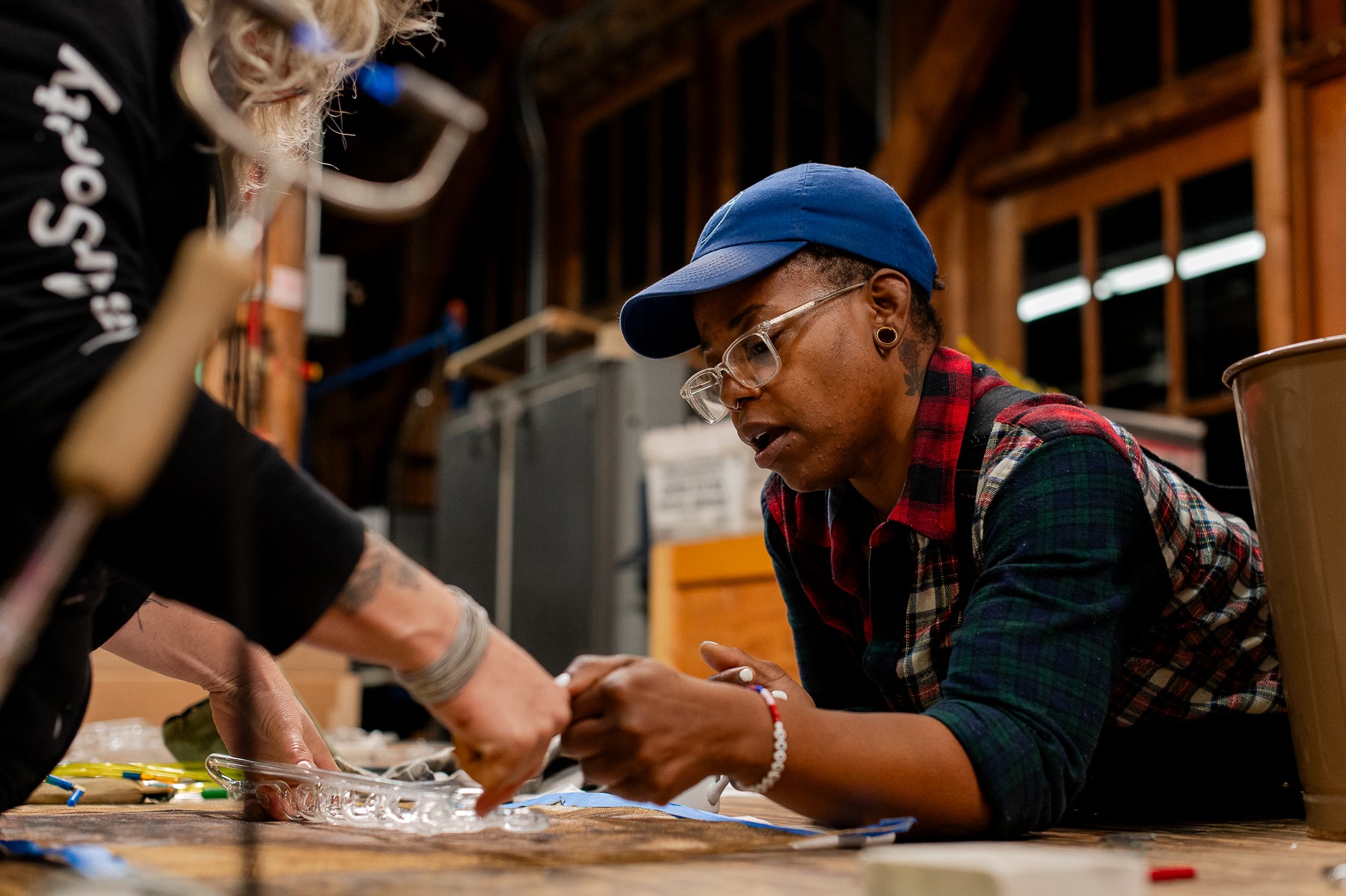

As always, we appreciate you sharing your insights and we’ve got a few more questions for you, but before we get to all of that can you take a minute to introduce yourself and give our readers some of your back background and context?
My name is Tahirah, and I am a conceptual artist, glass bender, and truth speaker—born and raised in West Oakland, shaped by fire, refusal, and the uncompromising pulse of survival. My medium is light, but my message is weight. I specialize in neon, not for its beauty alone, but for its ability to command space, to be seen, to shine with audacity in a world that too often asks Black women to shrink.
I create abstract neon sculptures and social installations that center the labor of care, the politics of visibility, and the radical act of telling the truth out loud. My work is not separate from my survival—it is an extension of it. Like Audre Lorde said, “Caring for myself is not self-indulgence, it is self-preservation, and that is an act of political warfare.” For me, survival is not theoretical. It’s been tested in institutions that tried to render me invisible, in jobs where my ideas were taken but my presence ignored, in relationships where my light was called intimidating, and in the streets where the simple act of not stepping aside was seen as defiance.
I’ve been told I’m too much—too assertive, too direct, too certain, too visible. A former partner once told me people were afraid of me because I don’t yield on sidewalks, because I walk with intention and meet eyes without apology. I’ve had people recoil when I speak clearly and with conviction, labeling it aggression. For a long time, I carried that as shame. But reading Belly of the Beast cracked open something deeper—an understanding that their fear is not about me, but about how systems have taught them to see Black bodies, especially when those bodies dare to move through the world with dignity and direction.
When I began bending neon, I was told I wasn’t a “real artist.” But I kept bending. Kept glowing. And like neon itself—unapologetically bright, sometimes too luminous to be ignored—I realized that the discomfort I provoke is often a mirror. It reflects how uneasy people are with a Black woman who knows her worth, who refuses to dim.
I’m most proud of the ways my work invites people home to themselves. That someone could stand in front of one of my pieces—neon glowing, message pulsing—and feel something click: I deserve to take up space. I deserve to shine. My work is a living refusal to be erased, and a quiet, insistent call to be seen—fully, deeply, and on my own terms.
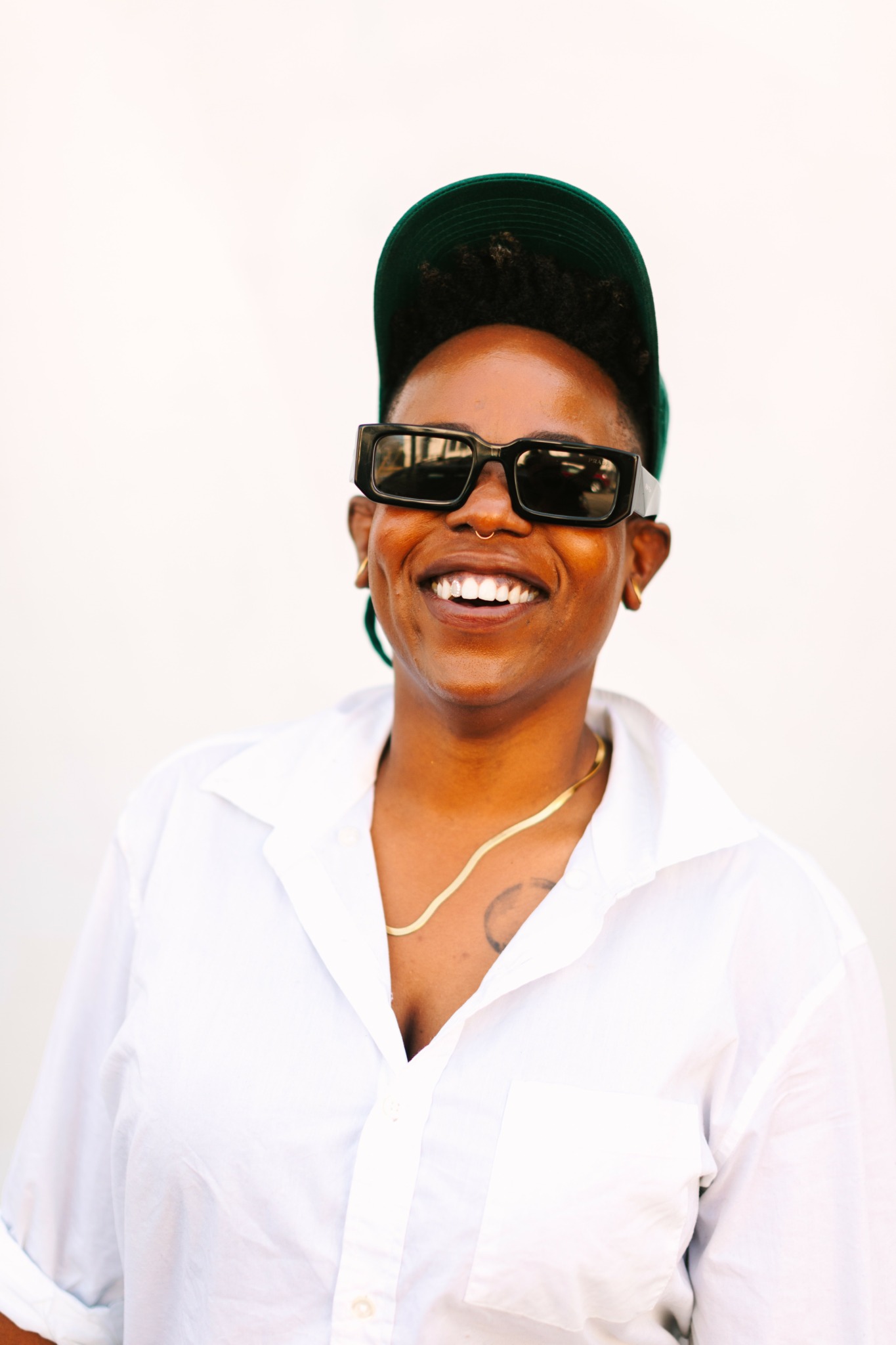
Is there a particular goal or mission driving your creative journey?
My creative journey is deeply personal—rooted in survival, shaped by invisibility, and driven by the desire to no longer shrink in spaces that were never designed to hold me. I make work to reflect on my own existence, to carve out space where I can see myself fully—unapologetically—and to affirm that I am not here to be erased, softened, or made small for someone else’s comfort.
While I create for myself first, I know my work reverberates beyond me. It’s a quiet offering to other Black women who’ve had to contort themselves to survive—who’ve carried the weight of others’ perceptions, who’ve been punished for their certainty, their presence, their light. I hope they see my work and feel less alone. I hope it stirs something—a remembering, a softening, a reckoning.
I carry Nina Simone with me. Her presence reminds me of myself—the way she resisted being molded into something digestible. In an interview, she said: “What I hope to do all the time is to be so completely myself—which that’s what I hope I am—to be so much myself that my audiences and even people who meet me are confronted… they’re confronted with what I am inside and out, as honest as I can be. And this way they have to see things about themselves—immediately.” That is how I move through the world now. That is how I move through my art. To be so much myself—flawed, vibrant, human, whole—that others are called to reckon with their own reflections.
That’s the mission. The commitment. To be radically honest in public—and to make space for others to do the same.
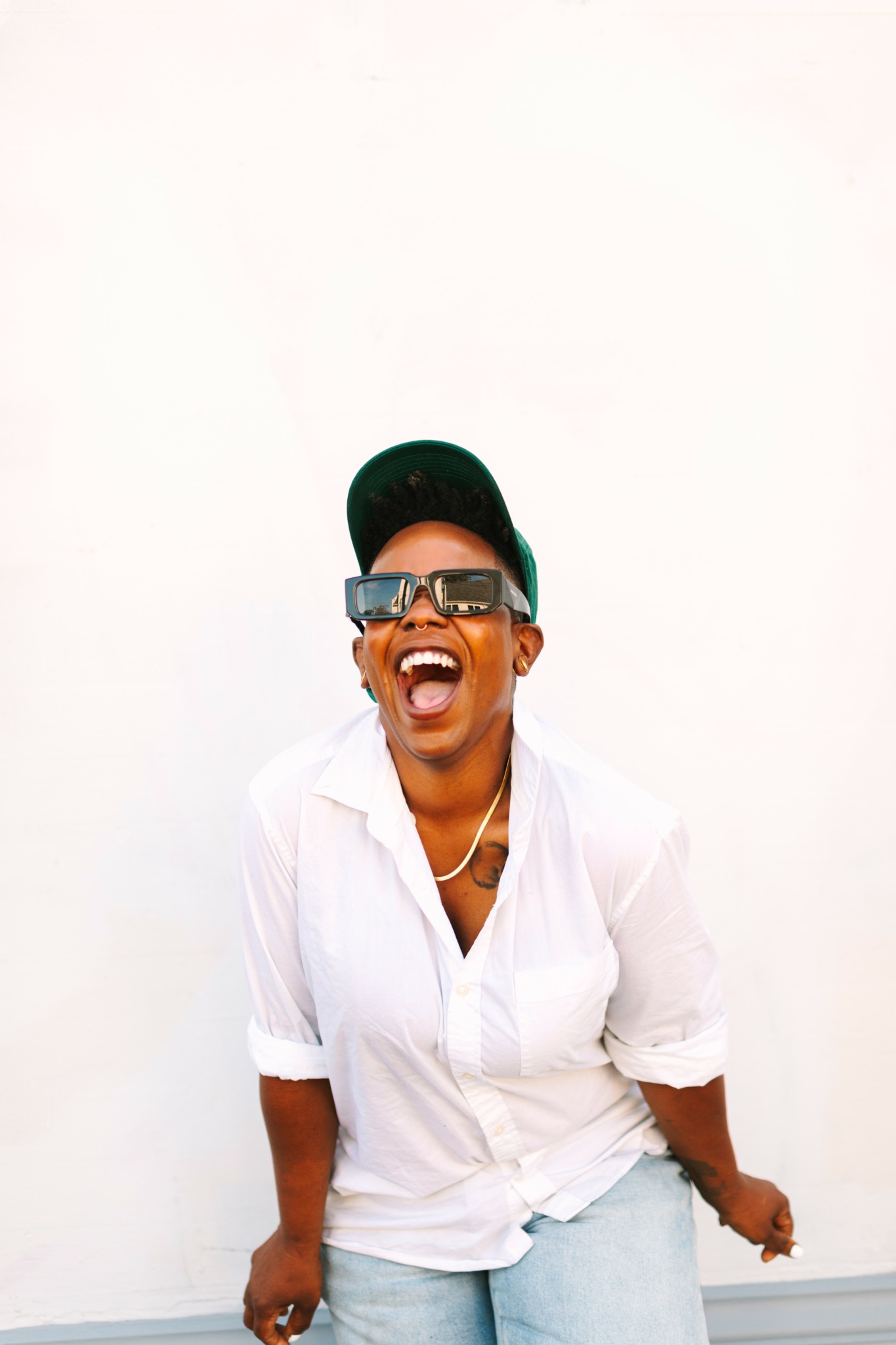
We’d love to hear a story of resilience from your journey.
Resilience, for me, has been forged in fire—literal and figurative.
I survived Hurricane Katrina. I know what it means to watch everything you know swept away, to witness the world’s indifference in the face of Black suffering, to feel like a ghost moving through the wreckage. Years later, I survived a violent physical assault by a random white man in Oakland. Another moment that reminded me that my body is often read as threat before it’s seen as human. Then came the night my home was burglarized—while I was still inside. That moment left me fractured in ways I didn’t have language for. And each time I shared these experiences, I was met with skepticism or subtle suggestions that maybe I had done something to invite it. That somehow, I was responsible for the violence enacted upon me.
So I began to shrink. When people asked me what I did, I hesitated. I stopped telling the truth of my experiences, stopped naming my pain. I internalized the lie that to be safe, I had to be silent.
But most recently, resilience took on a different shape.
Seven years ago, I underwent what was supposed to be a routine surgery. I told the doctors something wasn’t right—I knew my body. But I was ignored. Dismissed. What I said didn’t matter. Now, years later, I’m being assessed for a cancer that may have stemmed from that very negligence. This time, I chose something radical: I didn’t suffer in silence.
I’ve shared my story. I’ve allowed myself to be vulnerable. I’ve broken a generational silence passed down from the women in my family—the well-meaning lessons to bear pain alone, to never speak of illness, to endure privately. I said no more.
And it’s been healing. Not just for me, but for those around me who have carried similar silence. I’ve leaned into my community, and in doing so, I’ve found a new kind of strength. One that doesn’t require me to disappear. One that says: I am still here, and I am not afraid to be seen.
Contact Info:
- Website: https://TahirahRasheed.com
- Instagram: @tfresh
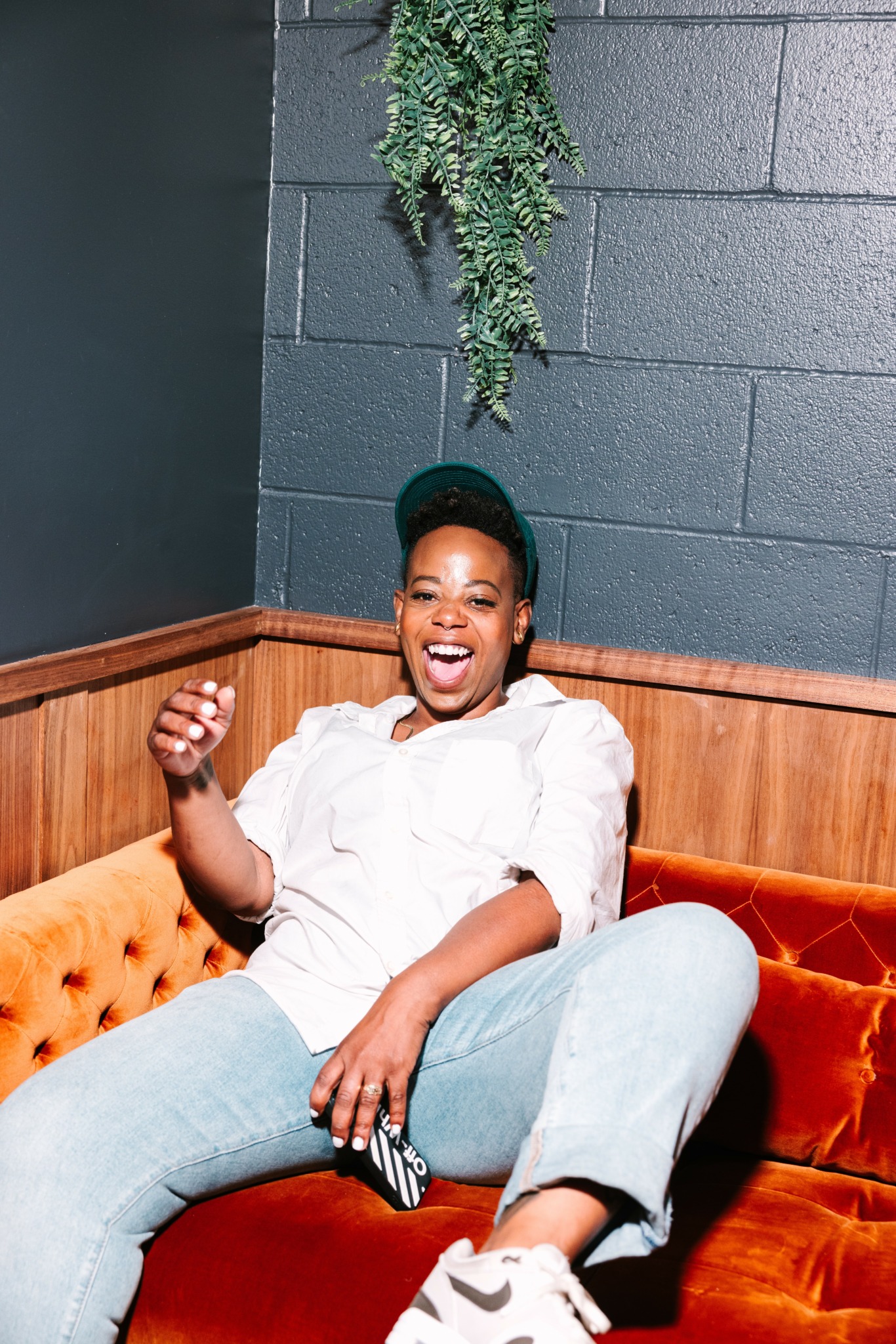
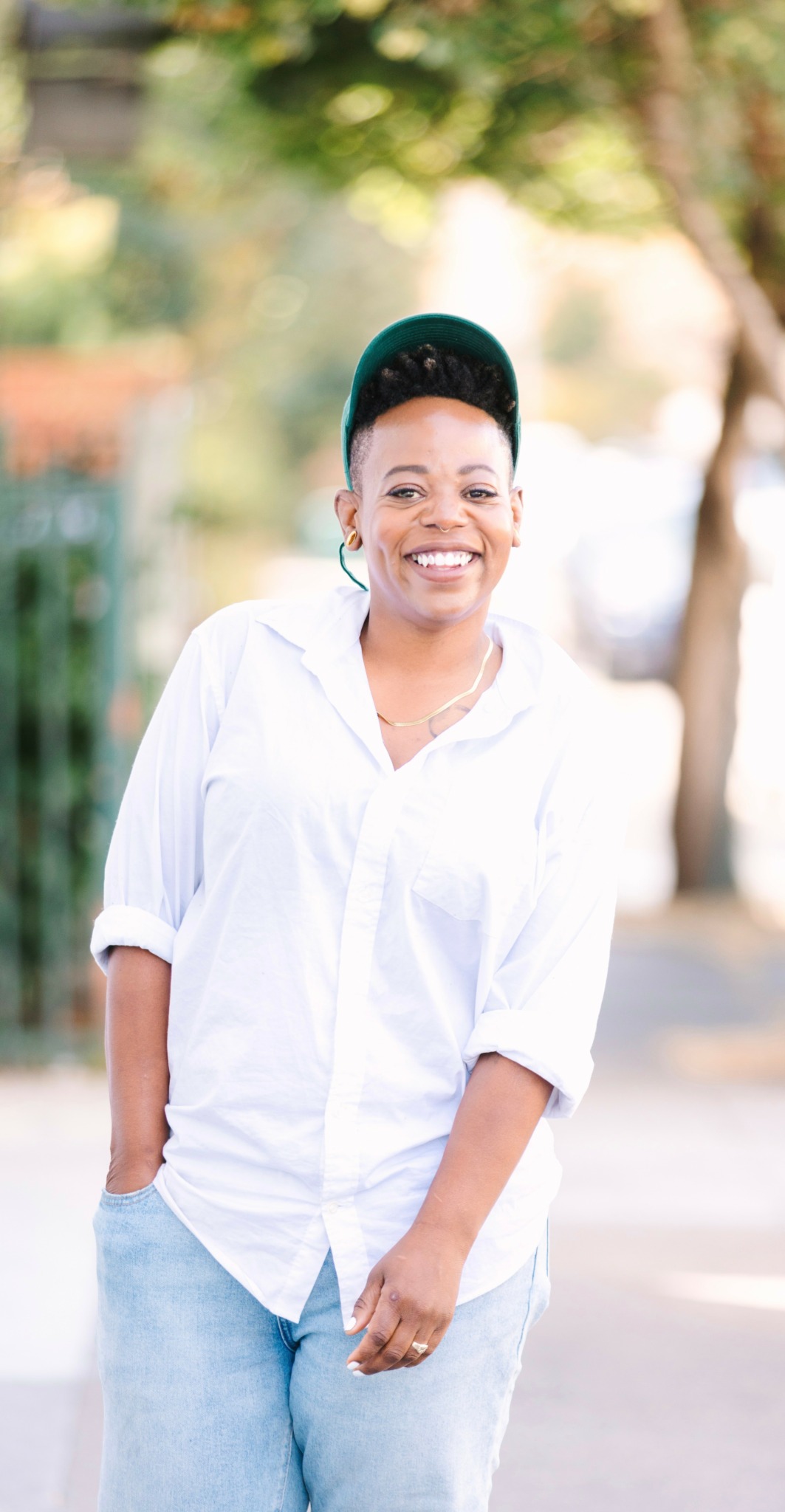

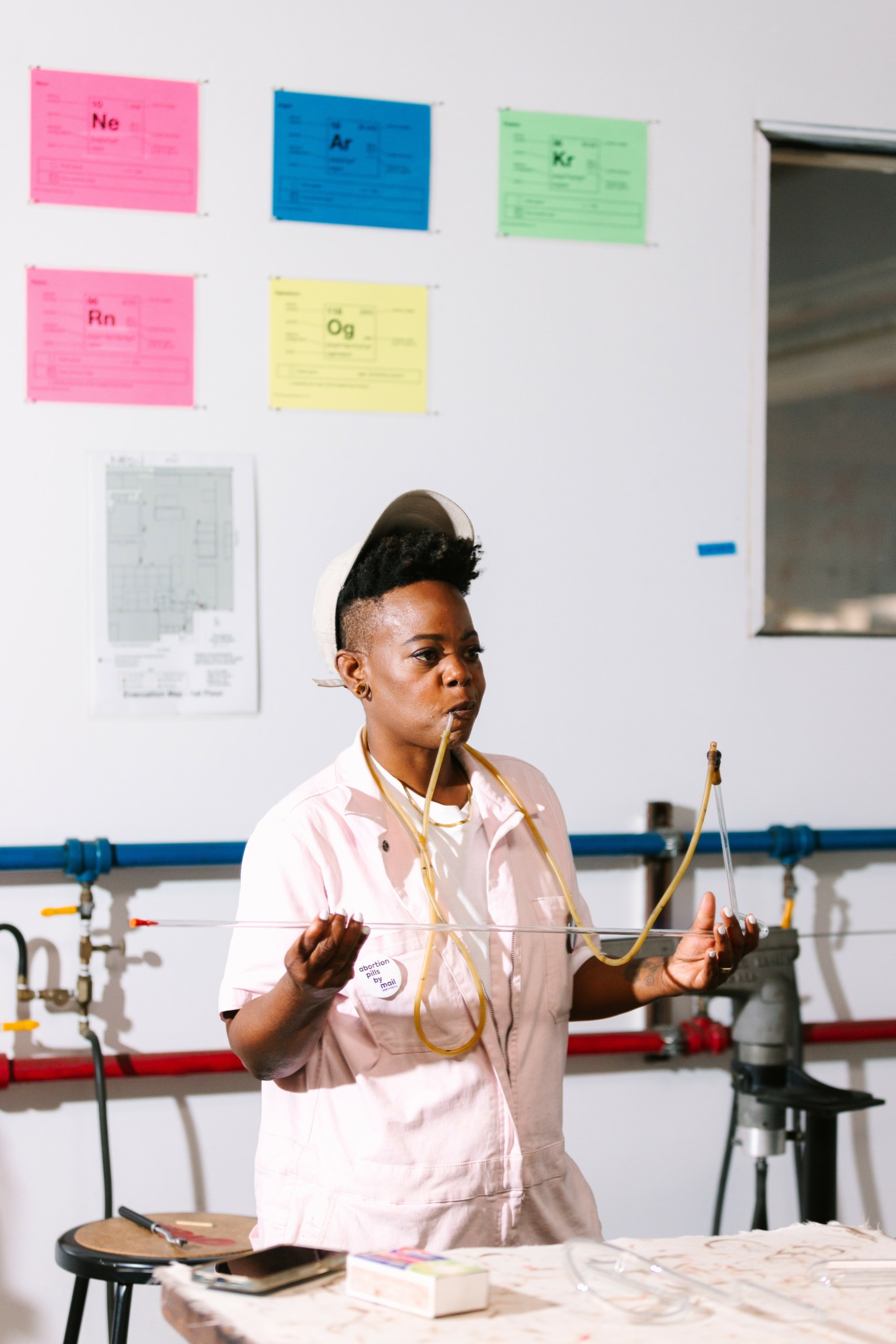
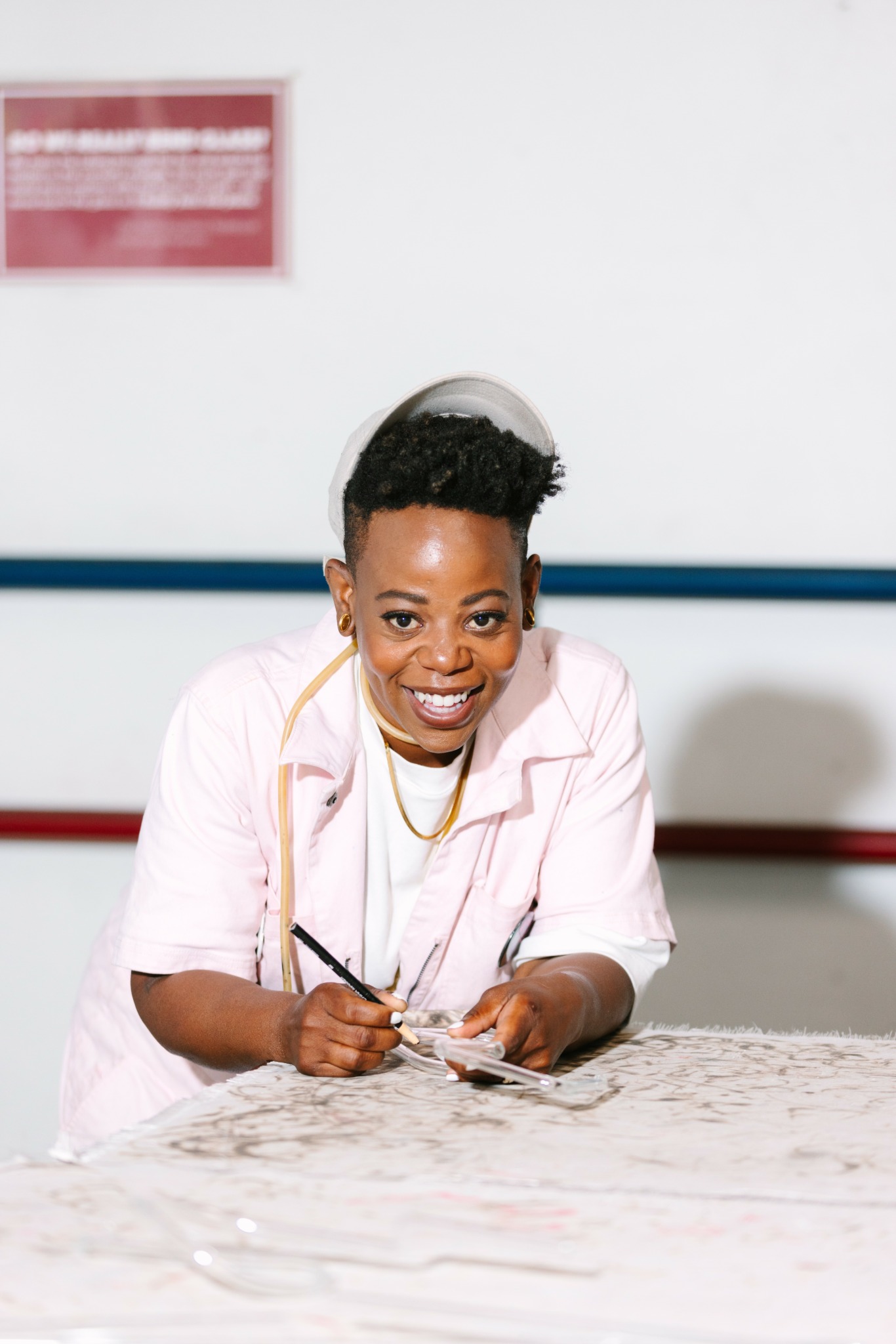
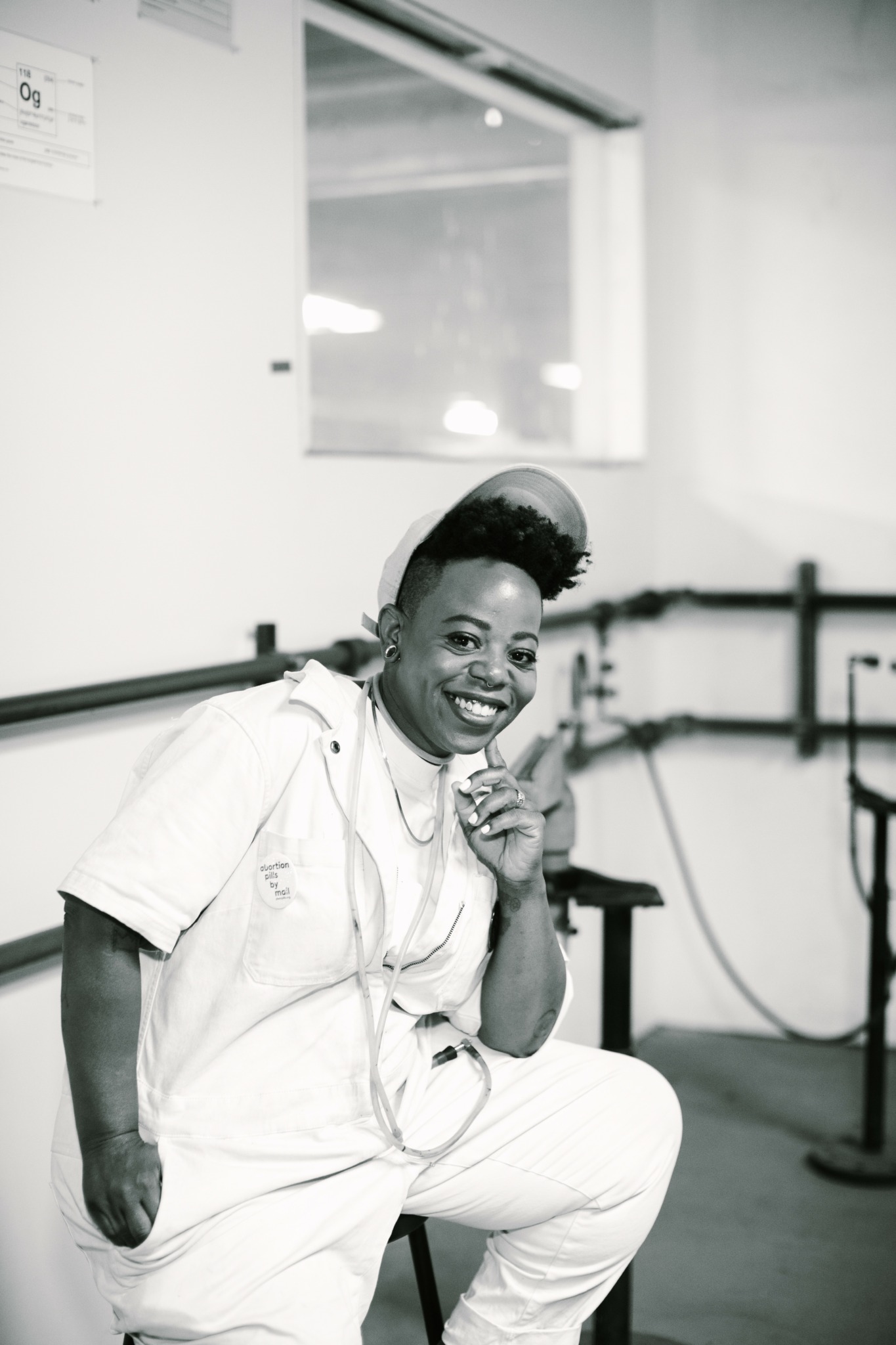
Image Credits
Courtesy of Pilchuck glass school and Jessica Monroy


